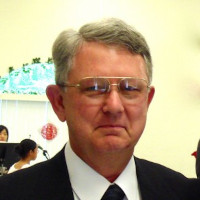Jed Keesling (UF Mathematics)
368 Little HallAn Update on the Multi-Stage Model for Carcinogenesis The multistage model for carcinogenesis was first proposed by Armitage and Doll in 1954. There were two supporting pillars that supported the proposition. The first was that changes could be observed in normal cells on the pathway to becoming cancerous. The second support for the theory was …









